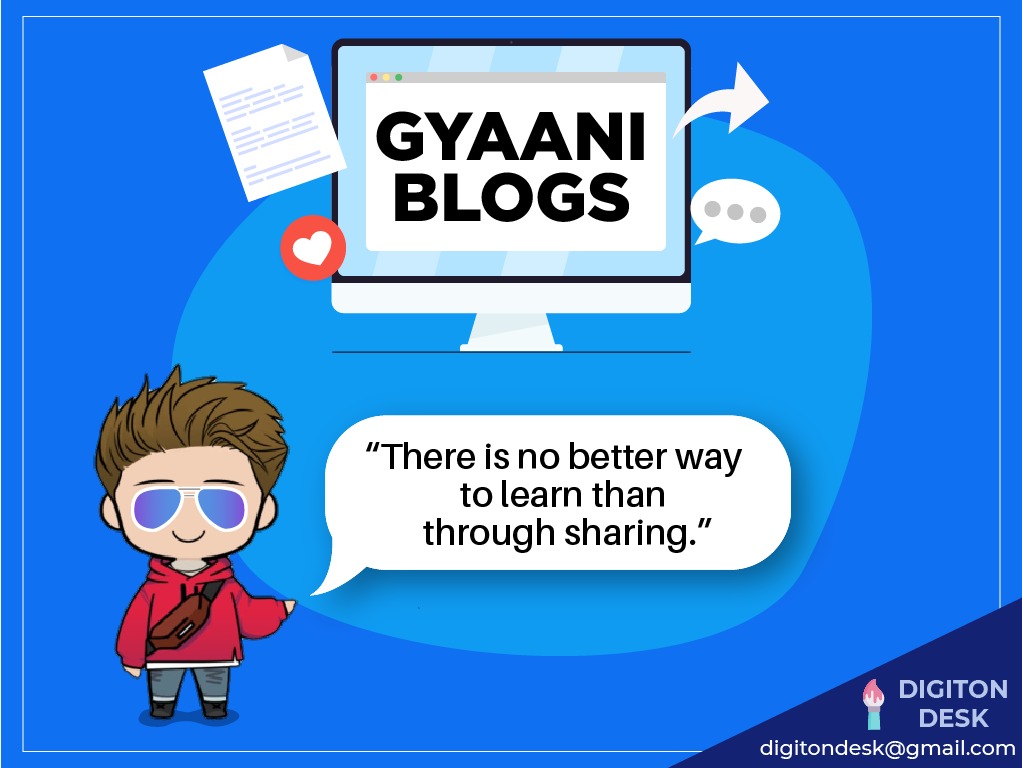2 Likes
Enfusion Interview Experience - On Campus
Last updated on Feb. 28, 2022, 9:30 a.m. by aman

About the company:
Enfusion offers a software-as-a-service platform that allows clients to see and interact with all parts of the investment management lifecycle ranging from portfolio construction, trading, risk management, accounting, and operations.
Summary About Job:
Company: Enfusion, LLC.
Domain of Work: Fintech (Financial Technologies)
Type: Product Based
Role Offered: Technical Analyst
CTC Offered: 13.66 LPA
Context for getting started with placement process:
Enfusion’s huge share of internal as well as external services are written in Spring Boot (Java). Hence, they expect candidates to be well versed with Core Java with Spring Boot being a plus point. They expect you to be very good with DSA(Data Structures and Algorithms). Also, DSA consists of approx. 75% of the entire technical process of selection, with Java being the only option you can choose to code.
That being said, let’s jump to questions.
Round 1 (Coding Round. Java Language Compulsory):
First round consisted of 5 questions. Time limit was 1.5hrs.
Q1: Given an array and an integer k, traverse the array and if the element in array is k, double the value of k and continue traversal. In the end return value of k.
Solution: https://www.geeksforgeeks.org/find-final-value-if-we-double-after-every-successful-search-in-array/
Q2: There is one meeting room in a firm. There are N meetings in the form of (S[i], F[i]) where S[i] is the start time of meeting i and F[i] is finish time of meeting i. The task is to find the maximum number of meetings that can be accommodated in the meeting room. Count maximum possible meetings.
Solution:
https://www.geeksforgeeks.org/find-maximum-meetings-in-one-room/
Q3: Based on basics of polymorphism. Basically, we were given an interface and we had to implement methods of that interface. Also, we had to implement the comparable interface which is used for sorting.
Q4: Basic string manipulation question. Given an array of strings, find strings which are repeated at an even number of occurrences and concatenate them to return the final string.
According to me: This question can be solved with basic for loop and if statements. But, the key was to use StringBuffer instead of the normal String class. This avoids polluting memory heap while concatenating string in large test cases due to immutability of default String object.
Q5: I don’t remember the question. But, it required a basic understanding of HashMaps and Sets in Java. Anyone who can do 800 rated questions in CodeForces would have easily done that question.
Round 2 (Technical Interview)
- Round 2 started with the famous “Tell us about yourself”.
According to me: This is the best time to showcase everything interesting you have done in the technical domain in reverse chronological order. I started with current internships and then moved to projects.
- Once that is done, they might ask you some basic questions regarding your project.
I mentioned a project in which I used ElasticSearch. So, my question was “Why did you use ElasticSearch? What extra value did it add to your project?” But, this may vary according to your projects.
According to me: Do thorough research about everything in your resume before entering the interview.
- Then, we moved to a hackerrank page where I had to read the question and code.
Question was extremely difficult (according to me). It was based on Dynamic Programming.
Question was (I don’t remember exact terms):
I was given a square garden of length n. Garden had some fountains whose coordinates were given and max capacity at which they could sprinkle water in all directions. Task was to optimally count the minimum number of fountains that, when started, should cover a complete garden. If they can't cover the complete garden, return -1.
According to me: I was unable to pass even a single test case of that question, but passed the round. But, I always kept telling the interviewer my flow, trying to explain to him my thinking strategy. When he talked, I silently listened and would give proper feedback later. Basically, I was able to convince him that I am a good fit to work collaboratively.
Pro Tip: Write clean code, proper camel-cased variable names. Interviewers love that.
Round 3 (HR)
This interview had basic HR questions that you will find on the internet. This included Tell me about yourself, Strengths, Weaknesses, What are your expectations from this job, etc.
According to me: https://www.youtube.com/watch?v=CNJLHe77EAo This is the best video to prepare for the interview.
So, that’s it. This was my interview experience at Enfusion, LLC.
Feel free to reach out.
You can connect with me on LinkedIN, follow me on Github. I regularly tweet about Computer Science. So, follow me on Twitter.
2 Likes

Suggested Posts



